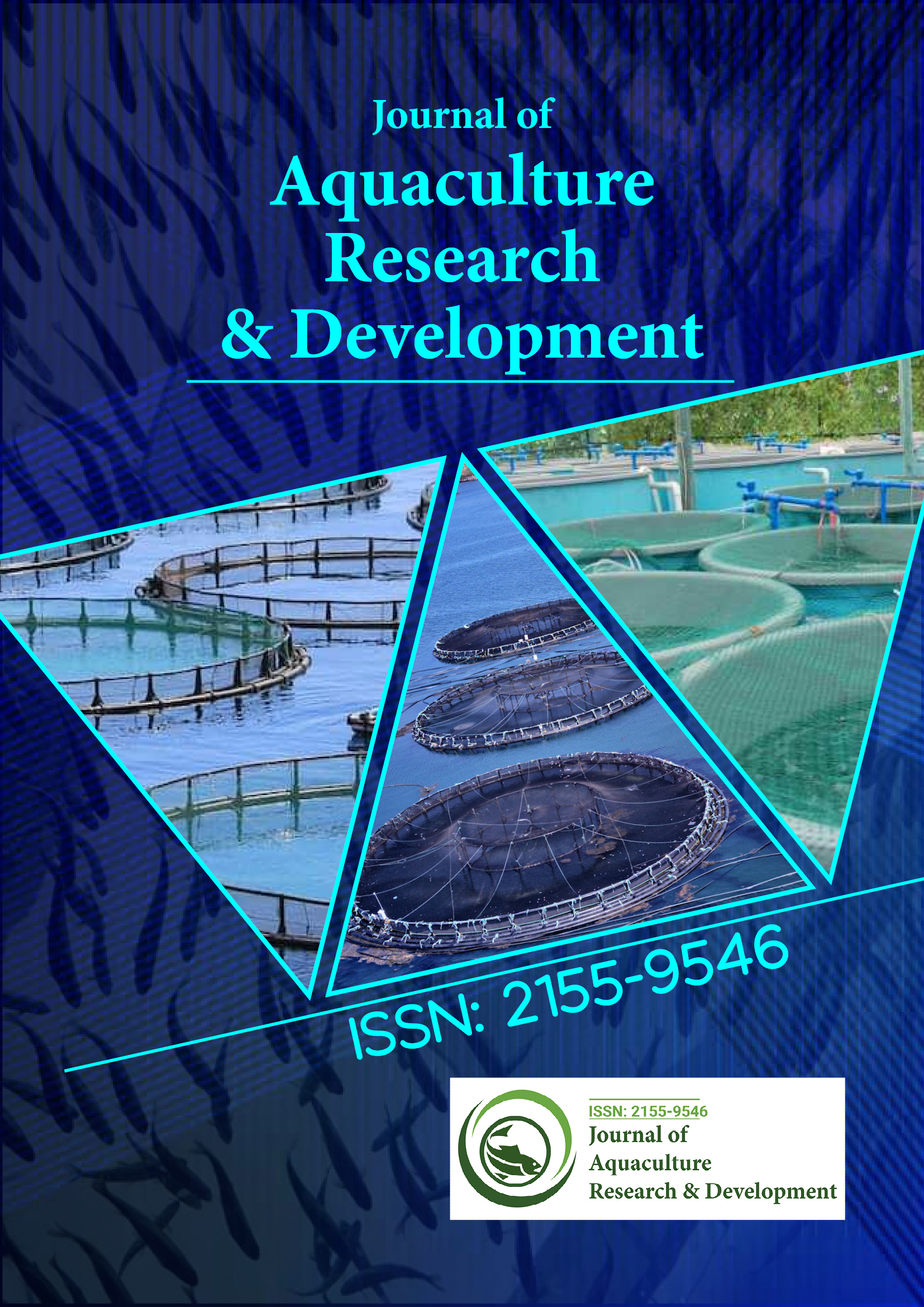Indexado em
- Acesso Online à Pesquisa em Meio Ambiente (OARE)
- Abra o Portão J
- Genamics JournalSeek
- JournalTOCs
- Scimago
- Diretório de Periódicos de Ulrich
- Acesso à pesquisa on-line global em agricultura (AGORA)
- Biblioteca de periódicos eletrônicos
- Centro Internacional de Agricultura e Biociências (CABI)
- RefSeek
- Diretório de Indexação de Periódicos de Pesquisa (DRJI)
- Universidade de Hamdard
- EBSCO AZ
- OCLC- WorldCat
- Scholarsteer
- Catálogo online SWB
- Biblioteca Virtual de Biologia (vifabio)
- publons
- MIAR
- Comissão de Bolsas Universitárias
- Euro Pub
- Google Scholar
Links Úteis
Compartilhe esta página
Folheto de jornal

Periódicos de Acesso Aberto
- Agro e Aquicultura
- Alimentos e Nutrição
- Bioinformática e Biologia de Sistemas
- Bioquímica
- Ciência de materiais
- Ciencias ambientais
- Ciências Clínicas
- Ciências Farmacêuticas
- Ciências gerais
- Ciências Médicas
- Cuidados de enfermagem e saúde
- Engenharia
- Genética e Biologia Molecular
- Gestão de negócios
- Imunologia e Microbiologia
- Neurociência e Psicologia
- Química
Abstrato
Alterações hematológicas e histopatológicas em tilápia do Nilo infectada artificialmente com espécies de vibrio
Begonesh Bekele, Natarajan P, Kassaye Balkew Workagegn, Devika Pillai
Patógenos bacterianos como espécies de vibrio causam uma perda econômica significativamente alta no setor de aquicultura. Assim, o principal objetivo deste estudo foi isolar e identificar espécies de Vibrio e avaliar as alterações hematológicas, bioquímicas e histopatológicas em tilápia do Nilo infectada experimentalmente com 0,1 ml de 1×10 6 unidades formadoras de colônias (UFC)/ml de isolados de espécies de Vibrio . O exame clínico da tilápia do Nilo infectada revelou que todos os peixes se tornaram menos ativos e a taxa de alimentação diminuiu, a porção dorsal do corpo ficou escurecida. A podridão das nadadeiras apareceu especialmente nas pontas da nadadeira caudal e mostrou hemorragias extensas na parte ventral do corpo. Os resultados também mostraram redução nos conteúdos de hemoglobina, hematócrito, proteína, albumina, glicose, globulina e triglicerídeos nos peixes infectados do que no grupo controle. As principais alterações histopatológicas observadas foram lesões inflamatórias, derme hemorrágica e agregação de melanomacrófagos na pele; degeneração hepatocelular, agregação de melanomacrófagos e hipertrofia nuclear no fígado; hipertrofia e fusão de diferentes lamelas branquiais; desintegração e necrose de miofibrilas no tecido muscular; e edema e atrofia submucosa no intestino. Em conclusão, a infecção experimental de peixes com bactérias vibrio produziu mudanças significativas nas características clínicas, hematológicas, bioquímicas e histopatológicas da tilápia do Nilo, nas quais as bactérias vibrio causaram danos teciduais significativamente altos e foram graves em todos os tecidos examinados. Portanto, é importante desenvolver estratégias para controlar essas bactérias patogênicas a fim de atingir uma produção sustentável de peixes em uma ampla gama de ambientes de produção.